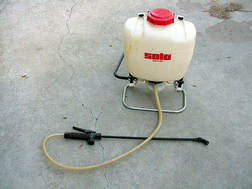
1. Lack of good foliage penetration. This often is a problem when spraying for bagworms on junipers. The spray must penetrate the foliage and reach the bagworms toward the inside of the plant. High-pressure commercial sprayers are able to get the spray to the insects but homeowner models are much more problematic. With pump-up sprayers, you may have to push the wand through the outer layer of foliage to reach insects toward the inside of the plant.
2. Not spraying where the insect is. Many of our insects and mites feed on the underside of leaves. If the plants are sprayed over the top, little to no pesticide reaches the pests. This problem is often seen with spider mites on broadleaf plants and cabbage worms on cabbage, broccoli and cauliflower.
3. Maturity of pest. Insects become much more difficult to control when they become adults. For example, Sevin does a good job of controlling young, early instar grasshoppers but is much less effective on adults.
4. Level of disease pressure. Most fungicides are better used as preventatives than as curatives. If a disease gets firmly established, it may be difficult to bring it back under control. For example, chlorothalonil is effective in controlling early blight and Septoria leaf spot on tomato if used as a preventative. However, chlorothalonil will not control these diseases on badly infested plants.
5. Choosing the wrong product. Homeowners often use a product they have on hand. However, products differ markedly in how well they control specific pests. Make sure the pest you wish to control is on the label. Unfortunately, even labeled products may vary in effectiveness. Check K-State Research and Extension recommendations for products.
6. Using the wrong rate. Using less than recommended rate can reduce effectiveness but using more can also cause problems. For example, using a systemic herbicide such as Roundup at higher than recommended rates can burn off the top of the plant before the herbicide is translocated to the roots, thereby reducing effectiveness.
7. High pH spray water. Certain pesticides are not stable in high or low pH water. Following are some examples.
* Captan has a half-life of 3 hours at a pH of 7.0, but only 10 minutes at a pH of 8.0.
* Carbaryl (Sevin) has a half-life of 24 days at pH 7.0, but only 1 day at pH 9.
The half-life of a product is the amount of time it takes for half of the product to be neutralized. For example, if you apply 3 ounces of a product to a gallon of water and the half-life is 8 hours, only half of the product is still active at 8 hours, one-fourth of the product is active 16 hours and 1/8 of the product is still active at 24 hours. (Ward Upham)
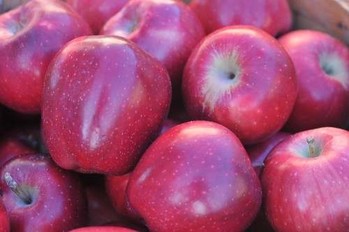
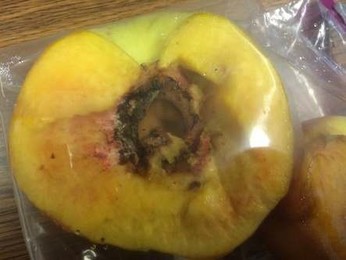
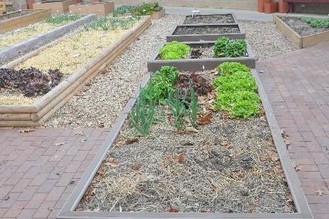
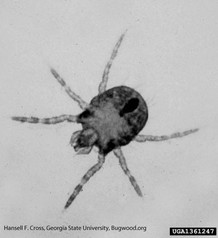
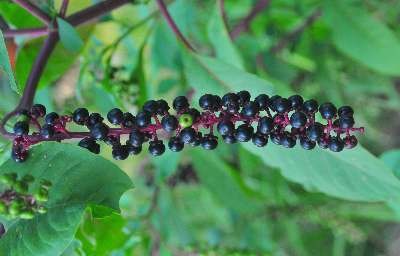
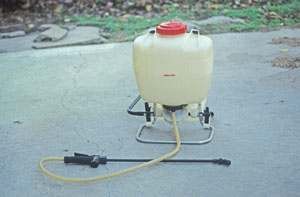
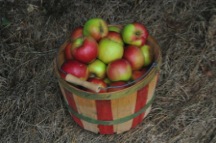
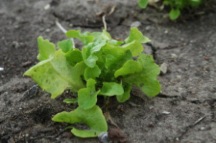
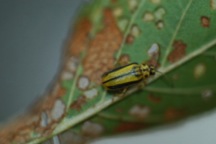
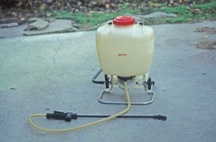
 RSS Feed
RSS Feed
